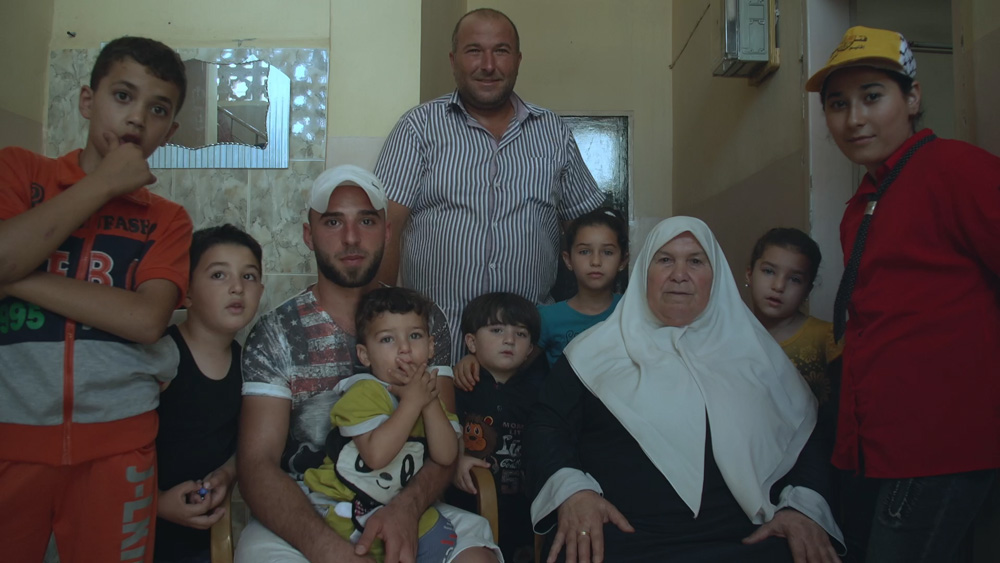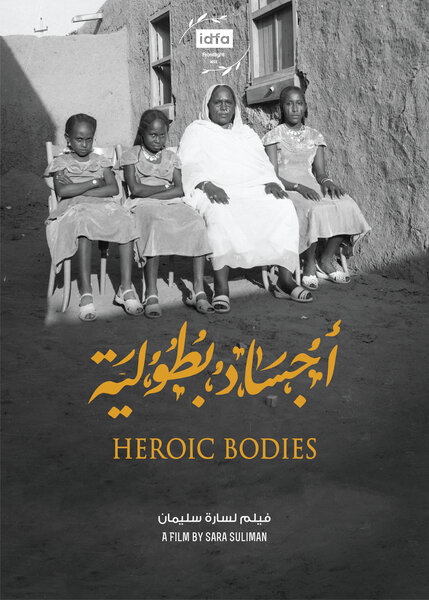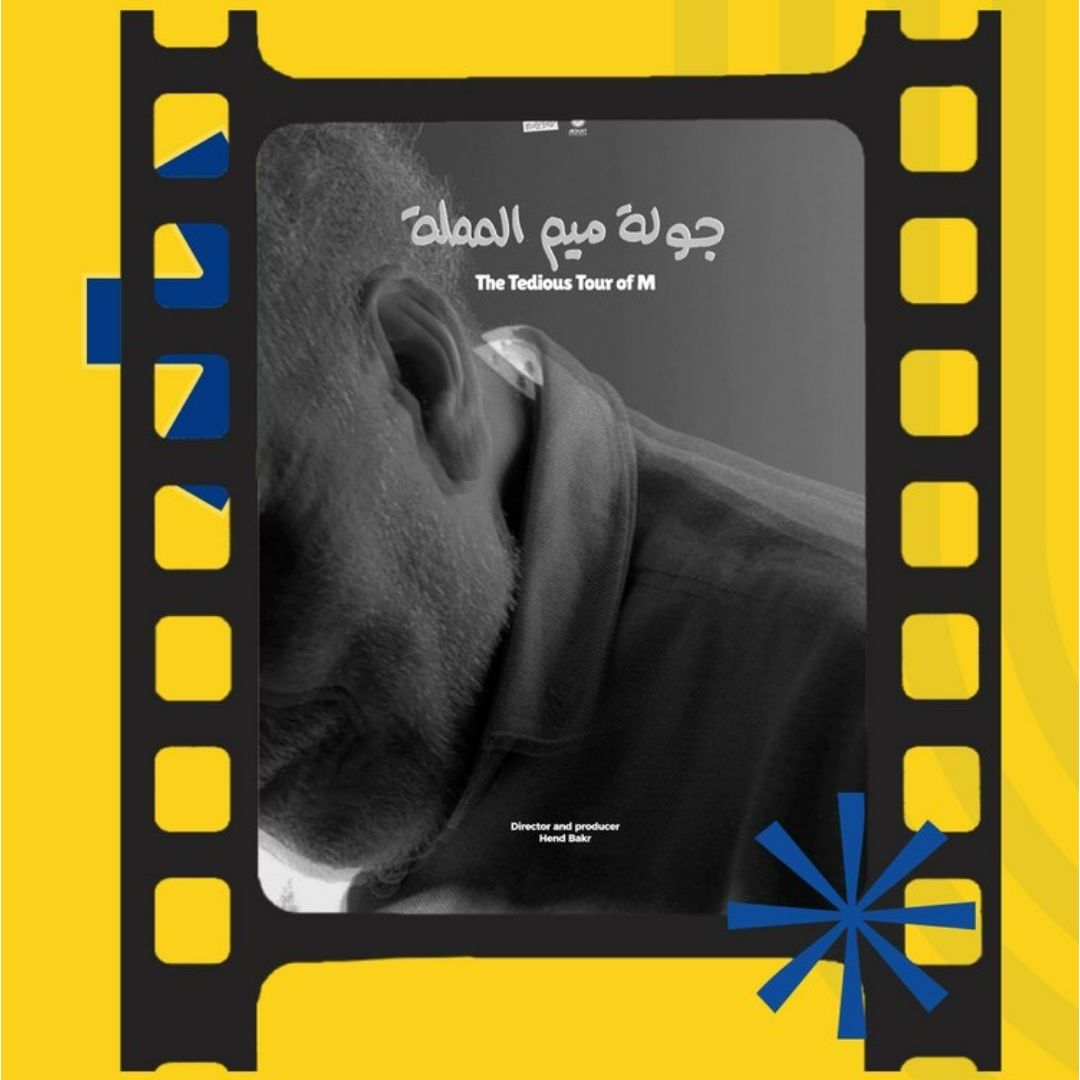Shaping the Narrative: Women at the Heart of the Amman Film Festival
Perched atop its 7 mountains, Amman, along with its international film festival AIFF, hosted its inaugural FIPRESCI jury as part of the festival’s fourth edition. Despite its relative youth, AIFF masterfully achieved a harmonious blend of warmth and organization throughout the festival’s duration. This allowed attendees the opportunity to watch films, engage with filmmakers, and participate in panels and masterclasses featuring esteemed figures like Youssry Nasrallah and Mai Masry.
One notable aspect of the festival is, being one of the few film festivals in the region, led by women. Founded and led by Her Highness Princess Reem Ali, directed by Nada Doumani, and its programming team headed by Areeb Zuaiter.
The FIPRESCI jury’s mission was to watch and select the winner from eight documentary films spanning various Arab countries, including Sudan, Morocco, Egypt, Palestine, Iraq and Lebanon. These films mark the debut features of their directors, and while three were directed or co-directed by women, all films, including those by male directors, addressed pertinent issues concerning women in the Arab world.
In this article, we delve into the female-directed films within the documentary competition: LYD (اللد) co-directed by Rami Younis and Sarah Ema Friedland, Heroic Bodies (أجساد بطولية) by Sara Suliman, and The Tedious Tour of M (جولة ميم المملة) by Hend Bakr.
LYD: Imagining an Alternative History
In Lyd, directed by Rami Younis and Sarah Ema Friedland, we witness a comparative historical exploration of the Palestinian-occupied city of Lyd. This portrayal unfolds in two dimensions: one represents the tangible reality of the city as it exists in our contemporary world, while the other thrives within the imaginations of the two filmmakers and resonates with countless Palestinians globally.
The filmmakers ingeniously narrate these parallel histories through distinct visual mediums. For the factual account, they weave together archival interviews with Israeli army soldiers, conversations with displaced Palestinian residents of the city, and footage depicting its past and present state.
Conversely, for the alternative, imaginative narrative, animation becomes the conduit to pose a poignant query: What if Lyd had never been occupied? How might the lives of the displaced populace have unfurled? The animated characters, drawn from real individuals, find voice through the very individuals they are inspired by.
Within the film, the two realms converge through a hallucinatory visual tapestry. Here, real footage intermittently punctures the animated scenes, resulting in a captivating fusion of the two visual domains causing the film to be a unique artistic and historical journey.
Heroic Bodies: A Mesmerizing Journey Through the History of Women’s Bodies in Sudan
Sara Suliman brings forth an exceptional piece of historical research from Sudan, shedding light on the treatment of Sudanese women’s bodies throughout the years. Characterized by its factual basis, the film serves as a profound feminist document, encapsulating many centuries of the Sudanese women’s bodily experiences.
Across the 95-minute documentary, a combination of interviews with prominent Sudanese feminist leaders, archival footage, and meticulously staged reenactments unfold. Through these elements, we gain insight into the lives of Sudanese women, forced into roles as concubines or slaves, subjected to genital mutilation and facial disfigurement. The film also highlights stories of women’s resistance against traditional norms, foreign occupiers, and political systems. Another aspect of the film is researching untold perspectives of traditions such as Zar and how it was used as a form of resilience against the oppression.
While the film might seem didactic on occasion, its value resides in its ability to uncover seldom-heard stories and its skillfully executed research. It serves as a reservoir of narratives that have the potential to shape forthcoming dialogues. This potential extends to the new generation of Sudanese filmmakers who are actively molding Sudan’s future while also delving into its historical narrative.
The Tedious Tour of M: Exploring Personal Anxieties Through the Lens of Filmmaking
In this compelling documentary by Hend Bakr, an intriguing story is explored. The film delves into the life of Mohamed Hafez Ragab, a writer who rose to fame in the 1960s as a street vendor, publishing stories and novels, only to suddenly disappear and spend the rest of his life in seclusion after two decades of writing. Driven by a personal curiosity, Bakr embarks on a journey to uncover the reasons behind the writer’s enigmatic disappearance. She seeks to understand why someone who achieved success and recognition would choose to vanish. This quest for answers becomes a reflection of her own fears about losing passion and purpose in life.
Filmed mostly within the writer’s home, the documentary provides glimpses into his final years. Bakr engages him in interviews, captures his daily routines, and creatively places him against projected backdrops, symbolizing the public spaces he shunned. The film also includes interactions with one of his fans from the 1980s and recordings of a panel discussion about his works made in Alexandria.
In this particular segment, one of his most devoted fans confronts and reproaches him for his disappearance. This confrontation, which has been anticipated for much of the film’s earlier parts, introduces a long-awaited tension, which lets the documentary present diverse perspectives, portraying the writer’s story as complex and controversial.
Through this conflict of narratives, the film raises questions about whether he was a victim of societal norms, cultural gatekeepers who rejected him, or his own internal struggles. Amidst these debates, the film successfully spotlights a forgotten literary figure of the 1960s, offering an alternative view beyond conventional narratives. Additionally, it prompts viewers to consider how the surrounding context can shape the trajectory of artists’ success or failure.
In a compelling convergence, these three female filmmakers share a common pursuit: to examine history through their films. Ema navigates the crossroads of reality and imagination, prompting contemplation. Sarah lays history bare, while Hend’s lens focuses on a discrete fragment for personal reflection.
As their narratives intertwine, a resonant theme emerges—each director harnesses cinema’s power to reevaluate our collective past. Their work illuminates diverse historical dimensions, imprinting an enduring impact on both the cinematic canvas and our historical perceptions.
Mohamed Tarek
Edited by Savina Petkova
© FIPRESCI 2023



